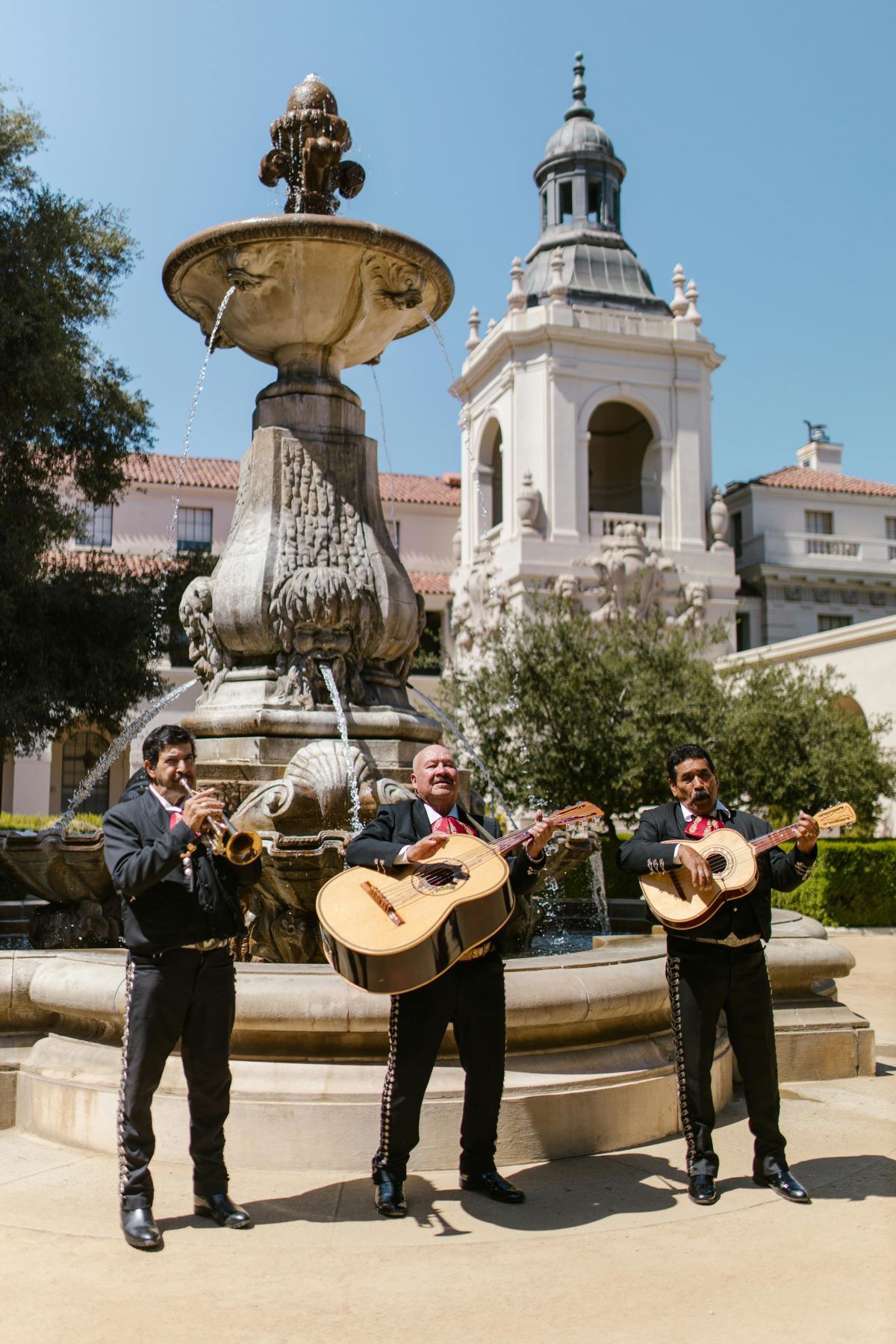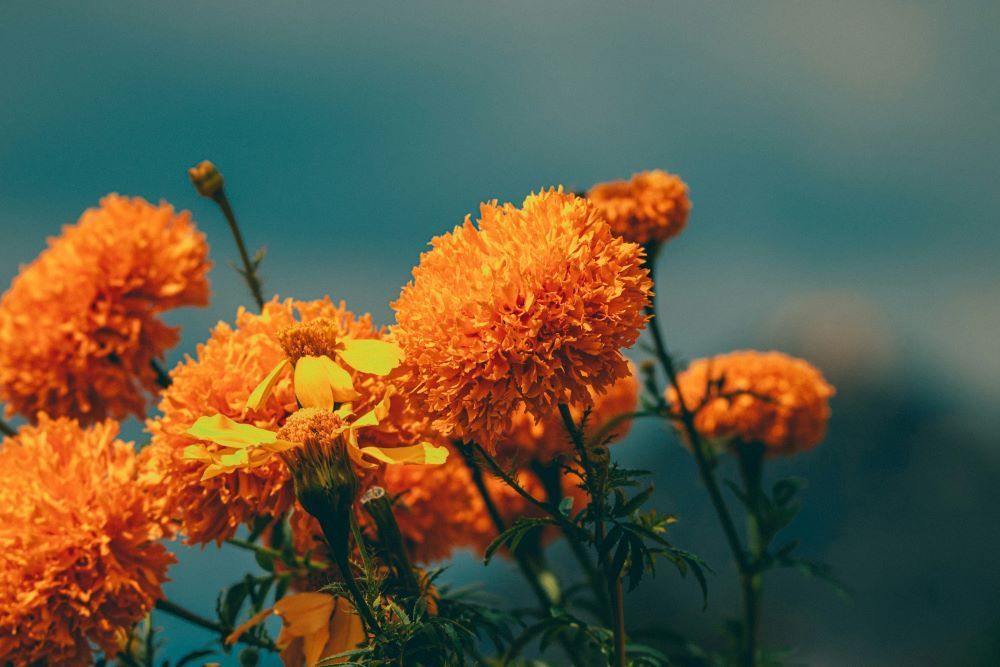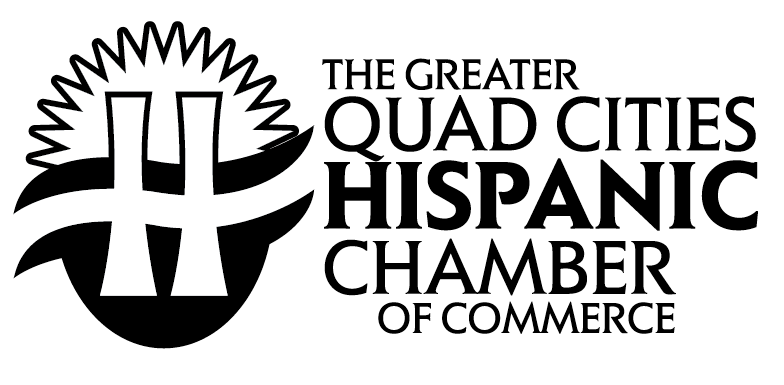Hispanic Funeral Traditions
Hispanic Funeral Traditions
Hispanic culture is deeply rooted in rich funeral traditions, offering a unique perspective on death and dying. Unlike what many may be familiar with, Hispanic customs approach death with openness and honesty, embracing it as a natural part of life rather than avoiding the subject.

A clear example of this unique approach to death is the Mexican celebration of Día de los Muertos, or Day of the Dead. Every year on November 2, people in Mexico and around the world honor the lives of those they've lost by offering food, candles, and sugar skulls to their loved ones who have passed. Some may even dance to traditional Mexican funeral music as part of the festivities.
Hispanic funeral customs, like those of any culture, can vary widely between families and communities. However, certain common elements are often present. Catholicism plays a significant role in shaping many Hispanic traditions, especially those related to death, which is often viewed as a continuation of life. This belief helps many navigate the grieving process with a sense of hope and connection.
In some Hispanic funerals, it’s customary for family members to wash, dress, and prepare the body of their loved one. The casket might be adorned with personal items like photos, jewelry, rosaries, and images of the Virgin Mary. Extended visitation periods are common, along with open displays of grief, reflecting the deeply rooted Catholic-Latino customs.
Interment Traditions
When it comes to remembering and honoring a loved one, there are several comprehensive services tailored to meet personal and family preferences. Here's an overview of the main services offered for funerals, cremation, and burial:
Funerals
- Service Options: Choose from a variety of ceremonies that reflect personal beliefs and traditions. Whether it's a simple gathering or a formal service, there's flexibility to craft an event that honors your loved one.
- Personalization: Add unique touches such as custom floral arrangements, personalized mementos, or specific themes that celebrate the individual's life and legacy.
- Receptions: Organize post-service gatherings where family and friends can come together to share memories, often hosted at a venue that provides catering and event planning support.
- Ship-Outs: Arrangements can be made for transporting the deceased to another location for the final service, should that be necessary or desired.
Cremation
- Service Options: From direct cremation to services that include a viewing or a celebration of life, there are various options to consider based on what fits your family's needs best.
- Disposition Choices: Decide between scattering ashes, keeping them in an urn, or choosing other meaningful ways to honor your loved one's wishes.
- Permanent Memorials: Establish a lasting tribute through plaques, garden stones, or dedicated spaces where loved ones can visit and pay their respects.
- Cremation with Confidence: Rest easy knowing that every step of the process is carried out with utmost transparency and respect to ensure comfort and trust for the family.
Burial
- Traditional Burial: Opt for a standard burial which includes services ranging from a graveside ceremony to full chapel services, tailored to respect both religious and personal preferences.
- Monuments: Choose headstones or custom markers to honor and remember your loved one, with a variety of materials and designs available to suit personal tastes.
- Mausoleums: Consider above-ground burial options in a mausoleum, providing a dignified and serene setting for visitation and remembrance.
This comprehensive suite of services allows families to select the most fitting way to honor their loved ones, ensurinmeaningful farewell that respects cherished memories and personal wishes.
In Mexican and Mexican-American funeral traditions, children play a significant role and are often involved in both the wake and the funeral proceedings. From a young age, children are introduced to the concepts of death and eternal life, which helps them become comfortable with these ideas. This early exposure encourages a sense of acceptance and understanding, ensuring that death is seen as a natural part of life rather than a taboo subject.
Children's Involvement
- Presence at Ceremonies: Children are typically present at both the wake and the funeral services. This inclusion highlights a cultural commitment to family unity and communal support through life's milestones.
- Learning and Acceptance: By being part of these ceremonies, children learn about the cycle of life within a supportive environment, fostering an early comprehension of mortality.
- Cultural Education: Participation also serves as an educational experience where children witness traditional rituals and practices, reinforcing cultural identity and values.
- Emotional Growth: Being involved allows children to express their feelings openly, promoting emotional development and understanding of grief.
Overall, their involvement in these funeral traditions underscores an ingrained cultural belief in facing death openly and educationally.
How Are Mexican-American Funerals Different from Traditional Mexican Funerals?
While Mexican-American funerals retain cultural influences from their Mexican roots, certain distinctions arise due to the blend with American customs.
Inclusion of Children
In Mexican-American funerals, children are often present, playing active roles in the ceremonies. From a young age, they are introduced to the concepts of death and eternal life, ensuring they grow comfortable and accepting of these ideas.
Social Aspect of the Wake
Unlike some Mexican traditions, Mexican-American wakes often become social gatherings where attendees share food, laughter, and cherished memories of the deceased. This communal aspect serves as a vital part of the grieving process.
Catholic Influence
A hallmark of Mexican-American funerals is the inclusion of a Catholic Mass. This religious service underscores the community’s connection to faith, providing spiritual comfort throughout the mourning journey.
Expressions of Emotion
Open emotional displays are more commonly observed, albeit more prominent among women than men. This differs from stricter emotional expressions that might be observed in traditional Mexican funerals.
Burial Preferences
While traditional Mexican funerals might involve diverse burial practices, Mexican-Americans often lean toward traditional burials, though this is gradually changing. Regardless of the method, maintaining a physical spot for remembrance remains important, especially for annual observances like All Soul’s Day.
Post-Funeral Gathering
A gathering usually takes place after the funeral service, where mourners share food and drinks. This reception fosters a supportive environment, offering comfort and solidarity in the wake of loss.
In essence, Mexican-American funerals delicately balance tradition with adaptation, creating ceremonies that honor both their heritage and their current cultural identity.
How Embracing Cultural Traditions and Rituals Aids in Healing After a Loss
Finding Meaning in Tradition
Cultural traditions and rituals provide a structured way to express love and grief. They allow individuals to honor the unique life of a loved one, offering comfort through familiar practices. By participating in these ceremonies, you create a personal connection to both past and present, helping smooth the transition from loss to healing.
Creating a Sense of Community
When a loss occurs, participating in cultural ceremonies can bring a community together, reinforcing bonds and providing a support system. The shared experience of rituals, whether it's a traditional wake, Shiva, or a vibrant celebration of life, helps to foster unity and collective grieving, making it easier to bear the emotional weight.
Honoring Every Life Uniquely
Each culture offers its own distinct ways of honoring the deceased, underscoring that every life is valuable and deserving of recognition. These rituals allow for a unique reflection of the departed’s identity and values, affirming that their life mattered and had an impact on the world. This recognition is a critical step in the healing process.
Facilitating Emotional Expression
Rituals and traditions encourage the open expression of emotions, providing an outlet for feelings that may otherwise be difficult to convey. Whether through prayer, song, or storytelling, these practices offer a medium to express grief naturally and healthily.
A Path to Acceptance
Finally, by following traditions and rituals, individuals often find a path to acceptance. These practices teach us that while the physical presence of a loved one is gone, their essence remains within the stories, customs, and rituals we preserve. This realization can significantly aid in finding peace and healing after a loss.

Blessing of the Burial
At the burial site, Catholic families typically observe the Rite of Committal, which involves a spoken prayer, the sprinkling of holy water, and a final blessing over the deceased and the interment site.
It is also customary to distribute prayer cards during the funeral mass as a way to honor the deceased and encourage prayers for their soul. These cards often feature a photo of the person who has passed, along with their birth and death dates on one side and a prayer for intercession on the other.
After the final interment, it is common for extended family and friends to gather at the home of the immediate family of the deceased. During this time, food is shared, and memories of the departed are exchanged. Gifts of food, flowers, and monetary contributions to assist with funeral expenses are the most typical offerings made to the family during and after the funeral.
Why is Traditional Burial Popular Among Mexican-Americans, and How is This Changing?
Cultural Significance
Traditional burial has long held cultural and emotional importance for many Mexican-American families. A burial site serves as a tangible place to honor and remember loved ones, deeply intertwined with traditions such as Día de los Muertos. This celebration emphasizes the importance of visiting graves, offering a physical space for remembrance and connection with ancestors.
Family and Community Ties
For many, the act of burial is not just a personal choice but one that reinforces family and community bonds. Burial sites often become central gathering spots during significant dates, allowing families to come together and celebrate shared histories.
Shift Towards Modern Alternatives
However, preferences are evolving. Cremation and other alternatives are becoming more prevalent due to factors such as cost efficiency, environmental concerns, and changing perspectives on memorialization. Younger generations, while respecting traditional practices, are more open to alternatives that reflect modern lifestyles.
The New Trend of Memorialization
There's a growing interest in personalized and sustainable methods of honoring loved ones. Options like memorial gardens or scatterings at meaningful locations provide flexible, creative ways to remember those who have passed. This evolution mirrors broader societal shifts toward individualism and environmental consciousness.
In summary, while traditional burial remains significant, Mexican-American families are gradually exploring diverse ways to honor their loved ones, reflecting broader cultural changes.
Annual Remembrances
Novenarios
For nine consecutive days following the funeral, family and friends pray for the soul and eternal rest of the loved one. This can take place at a church or at the family’s home.
All Soul's Day
Apart from the annual anniversary of the death of the deceased, November 2, or All Souls’ Day, is the most important regular remembrance of the dead, with Hispanic families – both Catholic and Protestant – gathering in homes, at gravesites, and in churches to remember the dead.
Dia De Los Muertos
“The Mexican Day of the Dead” ceremony emerged from the popular Catholic practice of memorializing the dead in the Catholic Feast celebrating All Souls’ Day. The overall purposes of Dia de los Muertos are to remind those who are alive that life is short, and to connect the living with the stories of the dead, specifying their continuing place in this world through narrative and the fixed location of the tomb.
Graveside services hold a profound significance for many cultures, serving as a poignant tribute to departed loved ones. They provide families with a dedicated space to gather, reflect, and honor the lives of those who have passed. This sacred ritual offers a sense of closure, helping the grieving process by allowing family and friends to share memories and express emotions in a supportive environment.
Special days, such as All Soul's Day, play a crucial role in keeping the memory of ancestors alive. These occasions are marked by reunions at gravesites, where families come together to celebrate the lives of their deceased relatives. Such gatherings foster a connection between the living and the dead, reinforcing familial bonds and cultural traditions.
The act of visiting and caring for these final resting places ensures that the contributions and legacies of past generations are not forgotten. By commemorating loved ones in this manner, families maintain a tangible link to their heritage and pass down a tradition of remembrance to future generations.



